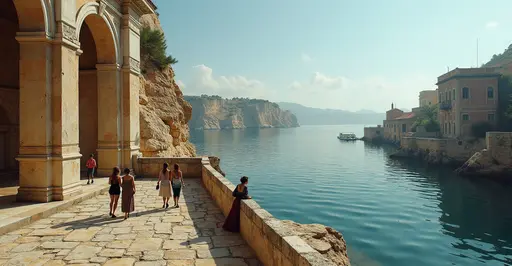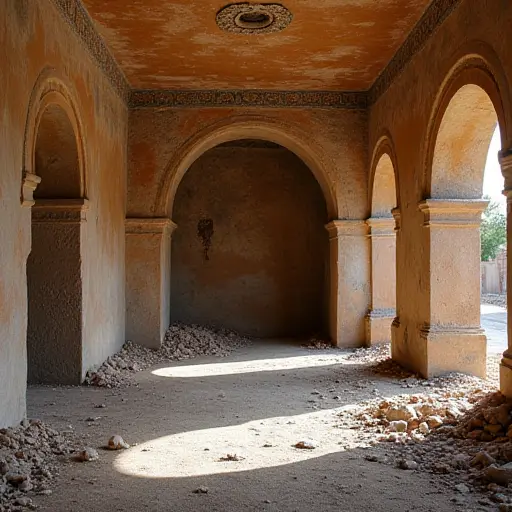
Climate Change and Development Threaten World Heritage Sites
UNESCO has announced the addition of several significant cultural landmarks to its World Heritage in Danger list, citing growing threats from climate change and rapid development. The decision comes after extensive evaluation by the World Heritage Committee, which identified immediate risks to some of humanity's most precious cultural treasures.
New Additions to the Endangered List
The newly listed sites include Venice and its lagoon, several coastal archaeological sites in the Mediterranean, and traditional settlements in vulnerable island nations. These locations face existential threats from rising sea levels, extreme weather events, and unsustainable tourism development.
Venice's Ongoing Battle Against the Elements
Venice, which has been on UNESCO's radar for years, finally joins the endangered list due to persistent flooding and sinking. The city built on 118 islands in the Venetian Lagoon has experienced increasingly frequent acqua alta (high water) events, with some experts predicting that large parts of the city could be underwater by the end of the century if current trends continue.
Climate Change Impacts on Cultural Heritage
Climate change poses particularly severe threats to coastal and island heritage sites. Rising sea levels, coastal erosion, and saltwater intrusion are damaging ancient structures and archaeological remains. Many Mediterranean sites containing Greek and Roman ruins are experiencing accelerated deterioration due to these environmental changes.
Development Pressures
Beyond climate threats, many sites face pressure from urban development, tourism infrastructure, and resource extraction. The World Heritage Committee noted that inadequate management and insufficient protective measures have exacerbated these threats in several locations.
What the Endangered Listing Means
Placement on the List of World Heritage in Danger serves as an international alarm bell, signaling that major conservation operations are required. It enables access to emergency funding from the World Heritage Fund and mobilizes international expertise to address the threats. The listing is not permanent - sites can be removed once adequate protective measures are implemented.
Global Response and Conservation Efforts
UNESCO is calling for increased international cooperation and funding to protect these threatened sites. The organization emphasizes that preserving world heritage is not just about protecting buildings and monuments, but safeguarding the cultural identity and history of humanity for future generations.
The Path Forward
Conservation experts recommend a multi-faceted approach including structural reinforcements, managed retreat strategies for coastal sites, improved drainage systems, and sustainable tourism management. Many advocate for integrating traditional knowledge with modern technology to create resilient conservation solutions.

 Nederlands
Nederlands English
English Français
Français Deutsch
Deutsch Español
Español Português
Português







